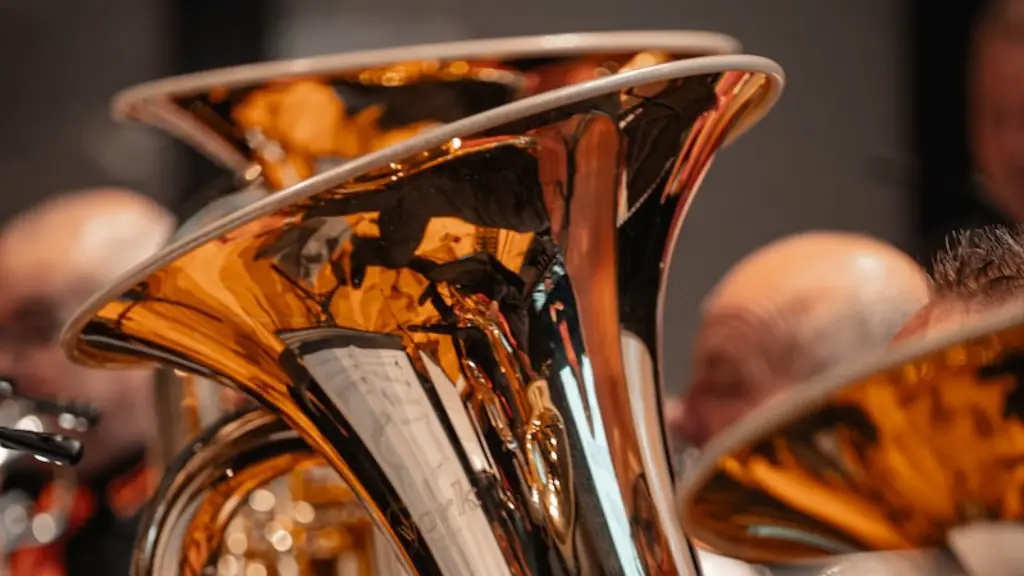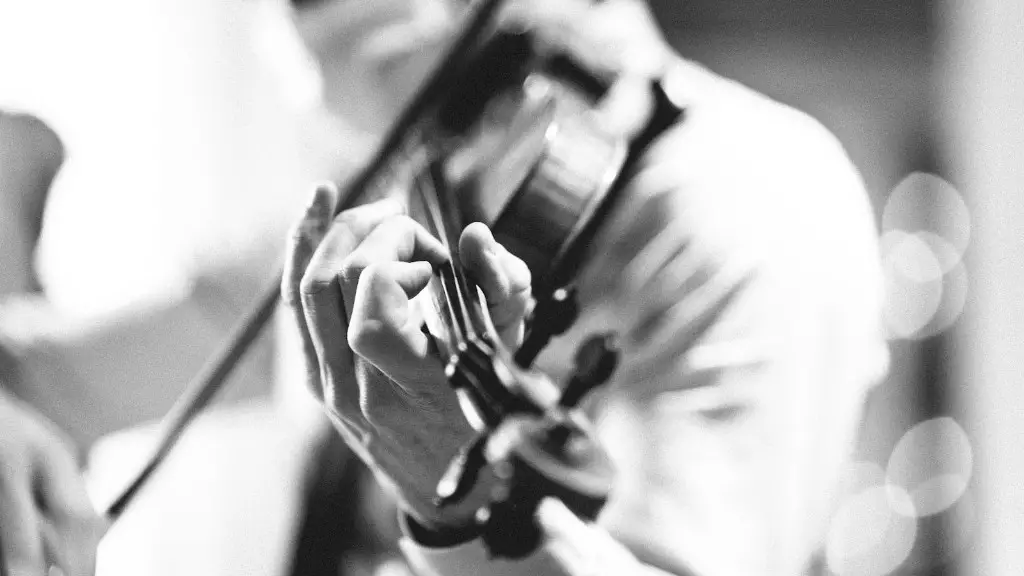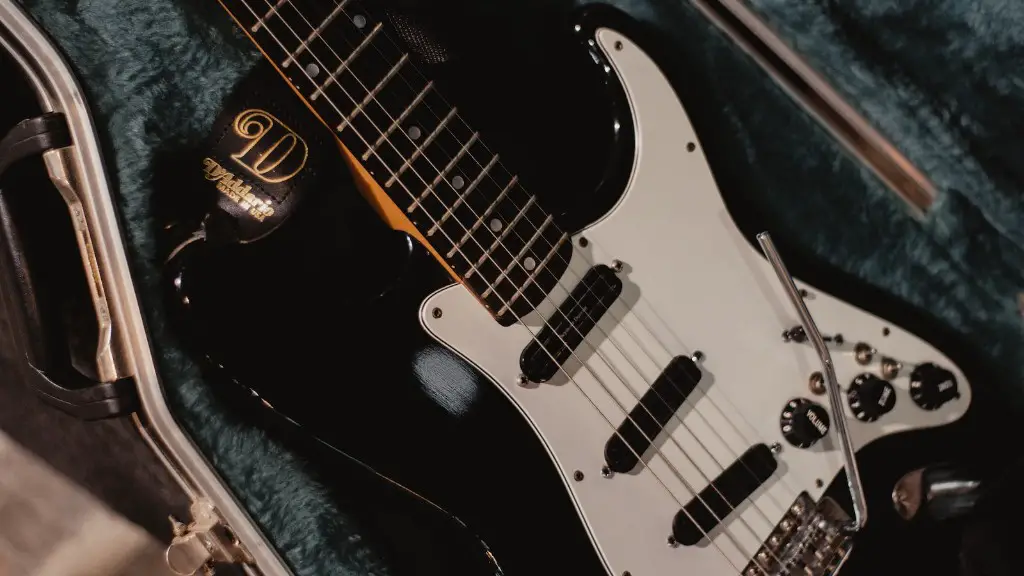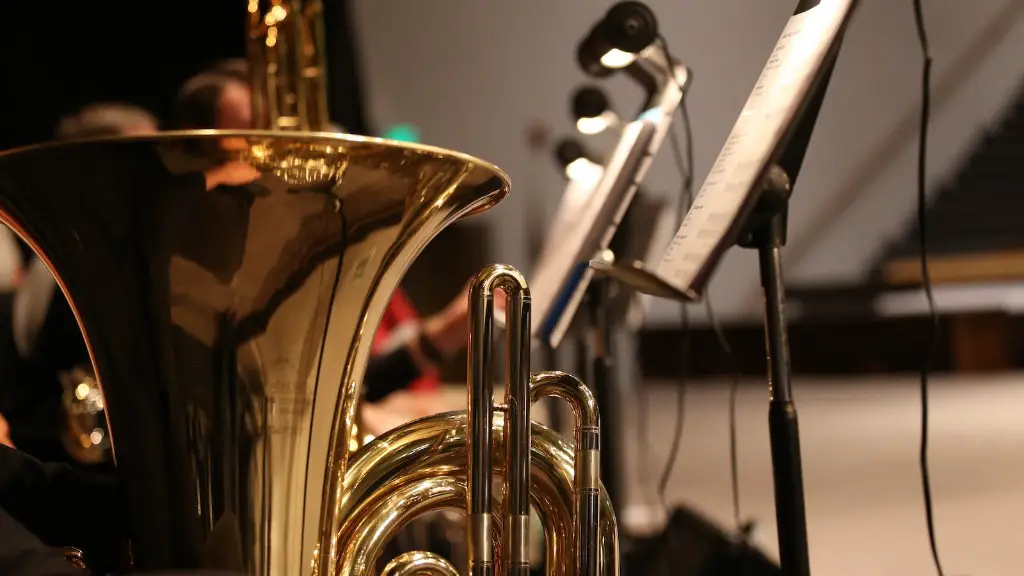The violin is a string instrument that is played with a bow. The four strings of the violin are tuned to the pitches G3, D4, A4, and E5. The violin is held under the chin and the bow is drawn across the strings to create a sound. The left hand is used to hold the violin and the right hand is used to hold the bow. The strings of the violin are made of gut, nylon, or steel. The body of the violin is made of wood. The sound of the violin is produced by vibrating the strings. The pitch of the violin can be changed by using the knobs on the tuning pegs. The volume of the violin can be changed by using the bow speed, bow pressure, and left-hand fingers.
The strings of a violin are stretched over a wooden bridge, which transmits their vibrations to the body of the instrument. The body of the violin is actually two pieces of wood glued together. The front is made of a spruce top, and the back and sides are made of maple. The violin has four strings, tuned in perfect fifths. The strings are played by drawing a bow across them or by plucking them with the fingers.
How does a violin make different sounds?
The different thicknesses (or gauges) of violin strings are due to the different required pitches. The thicker the string, the more mass it has, and the slower it vibrates. This is why thicker strings are used for lower pitches and thinner strings are used for higher pitches. The tension of the string also affects its pitch, with higher tensions producing higher pitches.
The tension of the string is determined by how tight the string is stretched between the two pegs. The tighter the string, the higher the pitch (or note) that the string will produce. The body of the violin also affects the sound. The larger the body, the fuller the sound. The shape of the body also affects the sound. The sound is also affected by how the violin is held. If the violin is held close to the player’s body, the sound will be more muffled.
How does a violin change pitch
Sound is produced by moving the bow over the string or by plucking it with the right hand. Pitch alterations are achieved by pressing down the string with the nails of the left hand on the fingerboard. This shortens the vibrating portion of the string and raises the pitch.
The violin is a challenging instrument to learn, in part because there are no guides for proper finger placement. This can make it difficult to produce a good sound and to play in tune. However, with proper instruction and practice, it is possible to overcome these challenges and become a proficient violinist.
Why do violins sound whiny?
If you’re hearing a lot of scraping or other unwanted noise while you’re playing the violin, it’s likely that your bow hair is not gripping the strings properly. This can be caused by a number of things, including not enough rosin on the bow hair or bowing at an angle. Either way, it’s important to fix the issue so that you can play the violin correctly and without any unwanted noise.
The violin is a popular musical instrument that has been around for centuries. Although it takes some practice to learn how to play the violin, it can be a very rewarding experience. Not only is playing the violin a great way to relieve stress, but it also provides a workout for your arms and legs. In fact, playing the violin for just one hour can burn up to 170 calories.
There are many different sizes and types of violins available, so it is important to find one that is comfortable for you to play. Violins are typically made of spruce or maple wood, and they can be very complex instruments. If you are interested in learning how to play the violin, there are many resources available to help you get started.
What’s the hardest thing to learn about the violin?
Bowing correctly is very difficult because a violinist must simultaneously control the angle of the bow and pressure applied to its hair. If you add only a tiny bit too much pressure, you will hear a scratching sound.
If you’re going to play the violin or viola, you need to hold it correctly! Otherwise, you’ll end up with pain in your neck, shoulder, arm, and back. Not to mention, the quality of your playing will suffer as the physical strain impairs your dexterity, deflates your tone, and reduces mobility. So learn to hold your instrument correctly, and you’ll be able to avoid all of these problems.
What are 3 facts about the violin
The violin is a fascinating instrument with a rich history. Here are some interesting facts about the violin that you may not have known:
The modern violin has been around for roughly 500 years.
Playing the violin burns approximately 170 calories per hour.
Violins are typically comprised of spruce or maple wood.
Violins come in many different sizes.
Violins are very complex instruments.
Violinists typically change their strings every 300 playing hours or so. For students, this works out to about every three to six months. More advanced students and professionals change strings more frequently. Consequently, the time really depends on your hours of practice.
Do violins stay in tune?
There are a few different reasons why your violin may be out of tune:
1. If you’ve fitted new strings to your instrument, they will take some time to stretch and settle.
2. If the humidity or temperature has changed, this can also affect the tuning of your violin.
3. If you haven’t played your violin for a while, the strings may have stretched or gone out of tune.
Don’t worry – it really isn’t unusual for violins to go out of tune. It’s a part of daily violin life! If you’re not sure how to tune your violin, there are plenty of helpful resources online or you can ask your teacher for help.
The violin has four primary strings which are tuned to the following pitches, from highest to lowest: E, A, D, G. These strings are made from a variety of materials, including but not limited to: catgut (sheep intestine), nylon, and steel. The material used for a given string affects its playing characteristics, such as tone quality and durability.
How expensive is a violin
As you can see, the cost of a violin can vary quite drastically depending on your level of expertise. If you’re a beginner, you can get away with a much cheaper instrument. However, if you’re looking to get serious about playing the violin, you’ll need to invest in a higher quality, more expensive instrument. Professional violinists can expect to pay upwards of $5,000 for a top-of-the-line violin.
If your child is motivated to learn the violin and is able to focus, the ideal age to start lessons is between 5-7. However, don’t be discouraged if your child is a little younger or older. Talk to the music center or teacher and get their recommendation.
How many years does it take to be good at violin?
You can make a lot of progress in just a few years if you practice hard and stay committed to learning the violin. It is reasonable to expect to reach a fairly ‘professional’ level in 10 years. But even after reaching a professional level, you can still improve!
When you are doing an arm workout, you need to make sure that your arm is at the right angle. This will help you get the most out of your workout and avoid injury.
Warp Up
The violin consists of four main parts: the body, the neck, the head, and the strings. The body of the violin is made up of two pieces of wood, the top and the back, which are glued together at the edges. The neck is attached to the body and is where the strings are placed. The head is attached to the neck and is where the tuning pegs are located. The strings are stretched from the tuning pegs, down the length of the neck and over the body of the instrument, where they are secured.
A violin works by using strings stretched across a wooden body to create sound. The player uses a bow to play the violin, and the strings vibrate to create the sound. The player can control the pitch of the sound by how hard they draw the bow across the strings, and can create different sounds by playing different strings.





